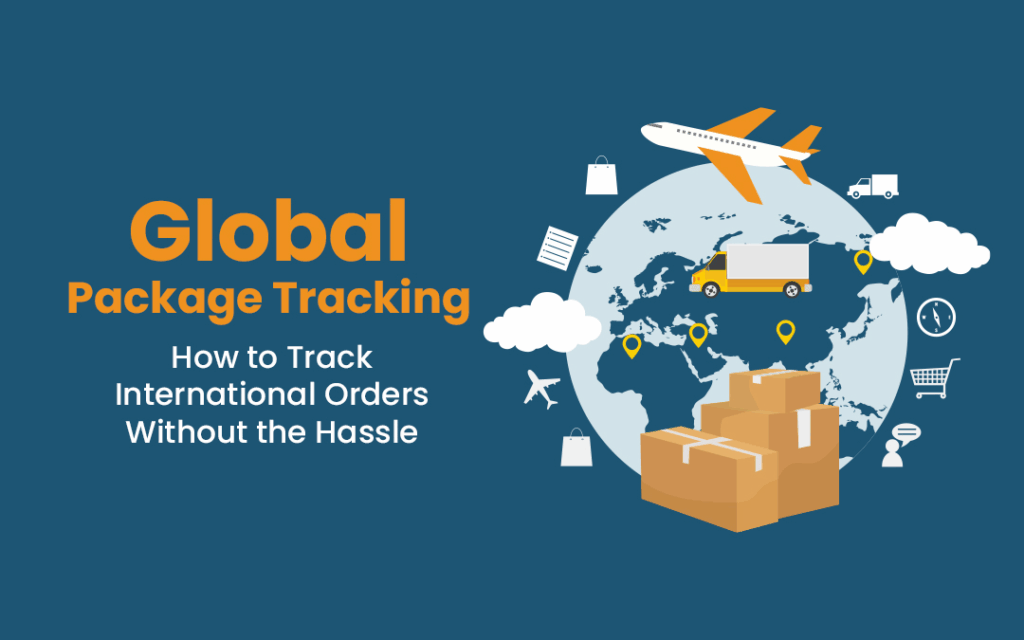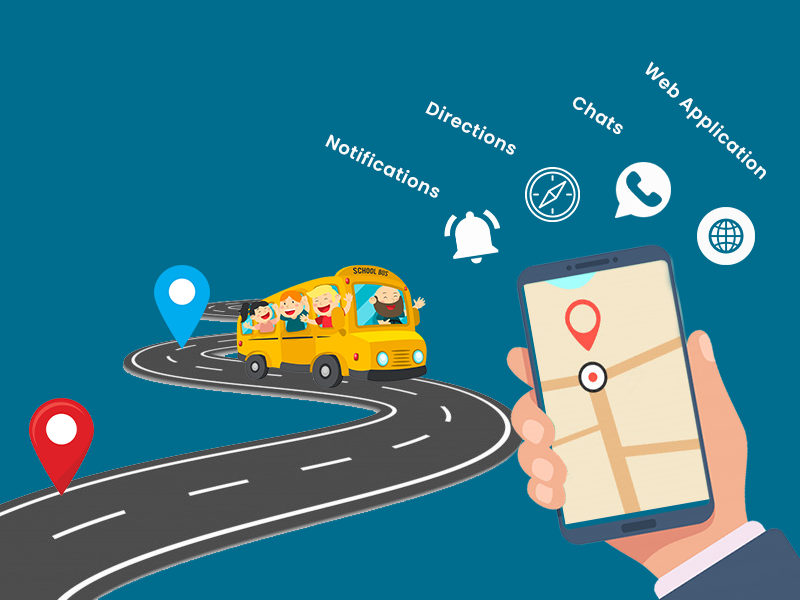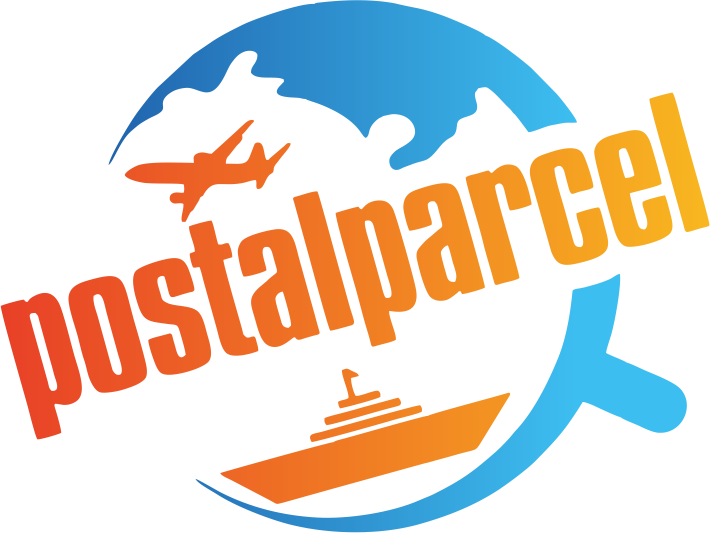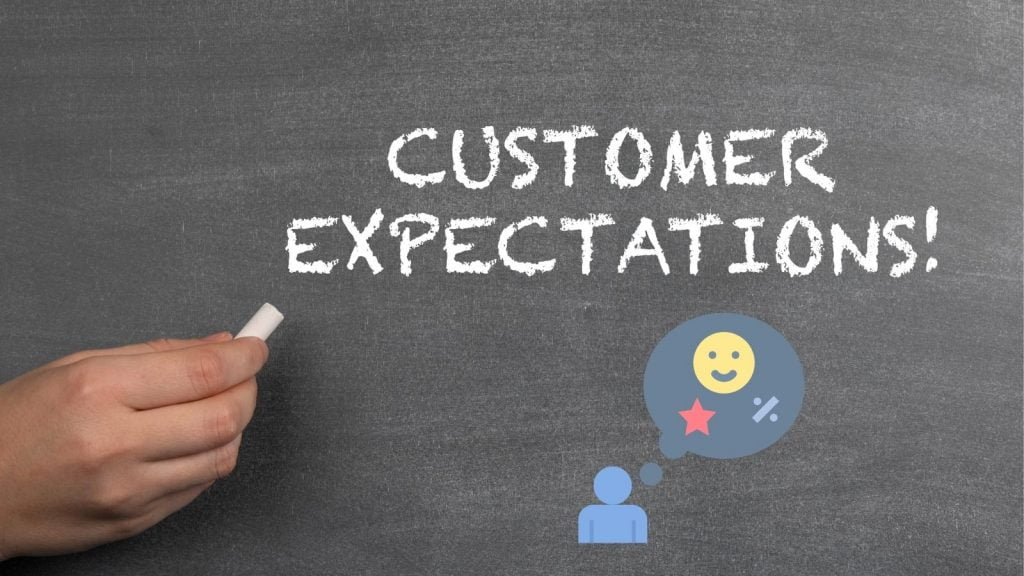Can International Shipping Tracking Become as Fast as Food Delivery Updates?
International shipping tracking has become one of the most important parts of global commerce. Customers expect transparency and speed when they order across borders. Food delivery apps show live updates in real time, from the kitchen to the customer’s door. This raises a question: can international shipping tracking ever match that level of detail and speed?

Why People Compare Shipping to Food Delivery Updates
Food delivery has changed how people think about service. When you order a meal, you see the restaurant accept it, the driver pick it up, and the progress on the map until it arrives. Every step is clear and updated within seconds.
In contrast, international shipping tracking often feels slow and uncertain. Updates may only appear when a package leaves one country and enters another. Sometimes days pass without any new information. This gap creates frustration and lowers customer trust.
The New Standard of Transparency
- Food delivery sets expectations for instant updates.
- Customers want the same clarity in logistics.
- Real-time information builds confidence in sellers and platforms.
The challenge is that shipping networks are much more complex than food delivery routes.
Challenges in International Shipping Tracking
International logistics involves many players: local couriers, national postal services, customs, freight carriers, and final-mile delivery companies. Coordinating data across them is difficult.
1. Different Systems and Standards
Each carrier uses its own tracking system. Data formats vary, and not all share updates at the same pace. When a package crosses borders, the tracking information may lag or stop until another carrier takes over.
2. Customs and Border Control
Customs checks are unpredictable. A package may clear in hours or get held for days. Unlike food delivery, where delays are measured in minutes, international parcels face long and uncertain waiting periods.
3. Scale of Distance
Food delivery covers a few kilometers. International shipping costs thousands. With long distances, flights, ships, and warehouses involved, real-time tracking is harder to maintain.
4. Cost of Technology
High-level GPS tracking for each package would be expensive. Shipping companies must balance customer demand for updates with the cost of providing them.
Progress in Making Tracking Faster

Despite these challenges, the logistics industry is evolving. Technology and data integration are pushing tracking closer to the food delivery model.
Real-Time Data Sharing
Global platforms now integrate data from multiple carriers into one system. This reduces gaps when parcels move between services. Customers can see a more continuous flow of updates.
IoT and Smart Devices
Some companies use IoT sensors and smart labels that track location, temperature, and handling. These devices send live signals through cellular networks. While not yet common for every parcel, they are being used for high-value shipments.
AI and Predictive Tracking
Artificial intelligence helps predict delivery times more accurately. Instead of vague estimates like “arriving in 7–10 days,” systems can learn from past routes and current conditions to give more precise forecasts.
Blockchain for Transparency
Blockchain technology is being tested to secure and unify tracking data. Every handoff is recorded on a shared ledger, so updates cannot be lost or delayed between carriers.
Lessons from Food Delivery Systems
Food delivery platforms succeed because they control the entire data flow. They connect restaurants, drivers, and customers on one app. Logistics can learn from this approach.
End-to-End Platforms
If shipping platforms can connect customs, airlines, and couriers into a single system, updates will flow faster. Just like a food app connects the kitchen and the driver, a unified logistics app could show each checkpoint clearly.
Customer-Centric Focus
Food apps are designed for tracking for the customer, not just for operations. Shipping companies that focus on the customer view—clear timelines, simple updates, visual maps—will gain trust.
The Role of Postalparcel in the Future

Platforms like Postalparcel are already helping bridge these gaps. By aggregating tracking information across carriers and simplifying the update process, Postalparcel moves international tracking closer to real-time clarity.
How Postalparcel Helps
- Combines data from multiple couriers into one easy interface.
- Reduces the “blind spots” during border transitions.
- Offers alerts and updates that keep customers informed.
- Works to make global logistics as smooth as local delivery services.
This integrated approach sets the stage for shipping to feel as transparent as food delivery.
What Still Needs to Change
Reaching the speed of food delivery tracking will not happen overnight. Some improvements still need to take place.
Global Cooperation
Carriers and customs authorities need stronger agreements to share data faster. Without cooperation, updates at borders will remain slow.
Wider Use of IoT Devices
Low-cost sensors and smart labels must become standard. Only then can customers track packages in real time, just like tracking a meal on a map.
Smarter Forecasting
Predictive analytics should continue improving. Customers want reliable delivery windows, not broad guesses. Machine learning can make this possible.
User-Friendly Interfaces
Complex tracking codes and technical terms should be replaced with simple, customer-focused updates. Food apps excel at this, and shipping platforms should follow.
Comparing Customer Expectations

When customers order food, they expect delivery in under an hour. For international parcels, they expect weeks. But the way updates are shown shapes trust more than the speed itself. Even if a parcel takes ten days, showing clear updates every step builds confidence.
Real-Time Logistics vs. Food Delivery Updates Experience
- Speed: Shipping can never match food delivery time, but it can match update frequency.
- Complexity: International logistics is layered, but digital tools simplify the customer view.
- Trust: More frequent updates equal stronger trust, regardless of distance.
The Future of Shipping Tracking
The future points toward a hybrid model: faster updates combined with smarter predictions. Customers will not only know where their package is but also when it will truly arrive.
Likely Trends in the Next Five Years
- More carriers joining global tracking networks.
- Expanded use of GPS-enabled tracking labels.
- Predictive delivery windows accurate to the hour.
- Greater integration of AI, blockchain, and IoT.
- Platforms like Postalparcel leading the shift to customer-first tracking.
Conclusion
International shipping tracking is improving every year. While it may never be as instant as watching a food delivery driver on a map, it can achieve the same clarity and trust. Real-time updates, predictive systems, and customer-focused platforms are bringing global logistics closer to that vision. Companies like Postalparcel are at the center of this change, turning a once slow and uncertain process into a transparent and reliable experience.
Industry Insights
news via inbox
Nulla turp dis cursus. Integer liberos euismod pretium faucibua







